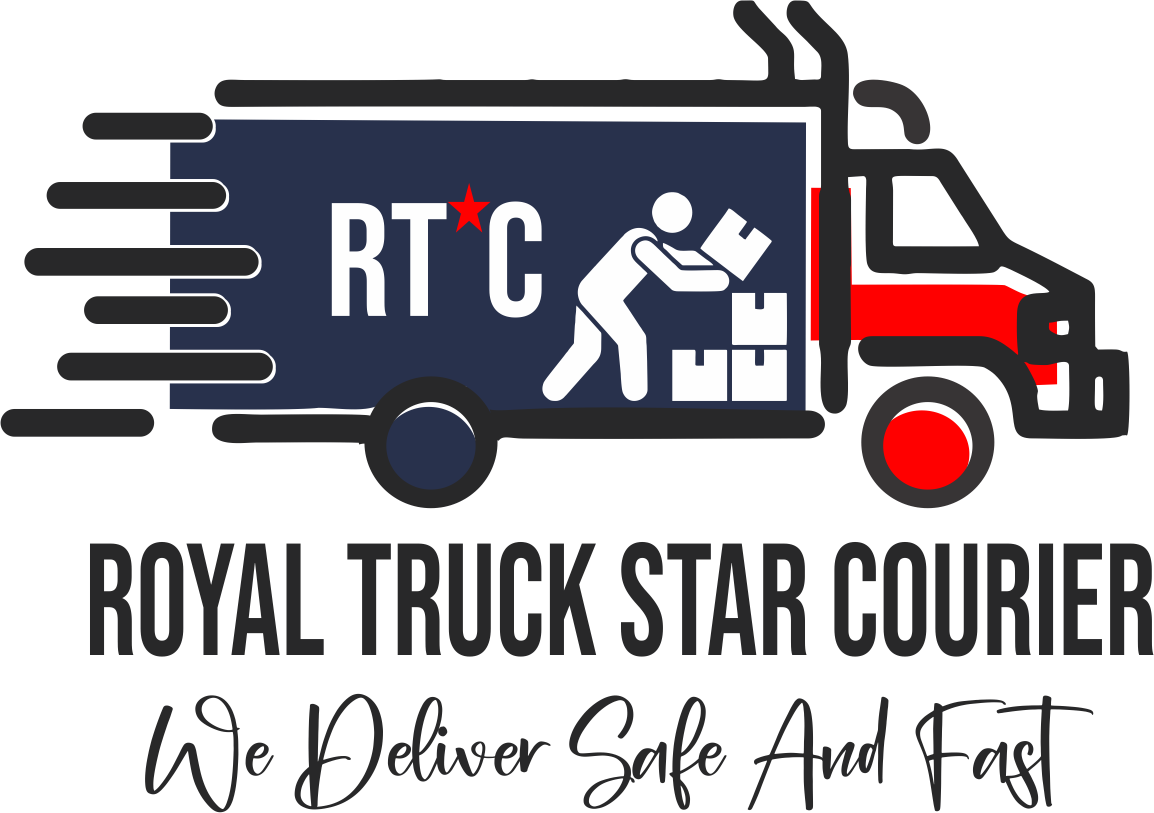Introduction: Why API integration matters now
If you run an online store, marketplace, or fast-moving business in Kenya, you know that speed, accuracy, and visibility are everything. API integration for businesses is the technical bridge that turns manual logistics headaches into automated, measurable, and scalable operations. At Royal Truck Star Courier, we see first-hand how the right API connections reduce delivery times, cut errors, and improve cash flow — especially across Kenya's diverse 47 counties.
What is API integration and why it matters for Kenyan businesses
An application programming interface (API) lets your e-commerce platform, ERP, or point-of-sale system talk directly to a logistics provider. Instead of copying order details, entering tracking numbers, and manually reconciling cash-on-delivery (COD), everything flows automatically. That means faster processing, fewer mistakes, and real-time updates for customers.
Why now, in Kenya?
- Rapid e-commerce growth: Marketplaces and retailers are expanding beyond Nairobi into smaller towns.
- Mobile-first payments: Integration with M-Pesa and other payment rails creates new reconciliation needs.
- Customer expectations: Buyers expect tracking, fast delivery, and easy returns.
- Operational complexity: Last‑mile challenges across urban informal settlements and rural roads require smarter routing and visibility.
Key benefits of API integration for businesses
- Real-time tracking: Customers and support teams get live location and ETA updates.
- Automated order flow: Orders move from checkout to dispatch without manual entry.
- Faster reconciliations: COD settlements and payments sync automatically with your accounts.
- Fewer failed deliveries: Address validation, preferred time slots, and driver feedback reduce re-attempts.
- Scalability: Your systems can handle seasonal spikes without adding headcount.
Practical steps to integrate logistics APIs
Here’s a practical, step-by-step approach to implement API integration with a logistics partner like Royal Truck Star Courier.
1. Define your use cases
Decide whether you need order creation, rate quotes, label printing, tracking, proof of delivery (POD), returns initiation, or COD reconciliation. Prioritise the features that solve your biggest operational pain points first.
2. Use a sandbox and test data
Start in a test environment to validate order flows, webhooks, and error handling. This reduces mistakes when you go live.
3. Implement authentication & security
Use API keys or OAuth as required. Ensure data encryption in transit and follow PCI/M-Pesa rules when handling payments.
4. Build webhooks for real-time updates
Push events (order accepted, picked up, in transit, delivered, failed) to your system so your customers and CS teams see live status.
5. Handle exceptions & retries
Plan for rate limits, network errors, and address-related failures. Implement automatic retries and alerting to operations teams.
6. Monitor, measure, iterate
Track KPIs such as on-time delivery rate, average time from order to pickup, COD reconciliation lag, and customer complaints. Use the data to fine-tune routes, cut costs, and improve service.
Practical examples from Kenya
Below are two real-world examples showing how Kenyan businesses benefit from API integration.
Case study 1: Nairobi fashion retailer
A boutique in Westlands sold across its Shopify store and a WhatsApp storefront. Manually copying orders to their courier caused delays and lost parcels. After integrating Royal Truck Star Courier’s API, orders went straight from checkout to pickup scheduling. The result: 40% reduction in order processing time, fewer misplaced parcels, and better customer ratings.
Case study 2: Agri-supplier scaling to counties
An agro-inputs supplier in Kisumu wanted to serve farmers across Nyanza and Western counties. The company needed COD and scheduled delivery windows for remote collection points. Using our API they automated manifest creation, collected proof of delivery (GPS + photo), and reconciled COD payouts to their M-Pesa float automatically. Deliveries that used to take two days for manual coordination now route automatically, improving fulfilment by 30%.
Actionable checklist before you start
- Map current order flow and identify manual steps to remove.
- List must-have API endpoints (create order, track, POD, cancel, rates).
- Confirm payment and COD reconciliation requirements (M-Pesa references, settlement cycles).
- Ensure you have a developer or partner to run integration and set up webhooks.
- Create an SLA with your courier for API uptime, response times, and support.
Common Kenyan logistics challenges — and how APIs help
- Unreliable addresses: Use address validation, drop-off point options, and driver notes sent via API.
- Cash-heavy orders: Automate COD reconciliation and reduce disputes by attaching delivery photos and signatures to orders.
- Rural last mile: Combine dynamic routing, local agent networks, and scheduled deliveries exposed through your API.
- Seasonal spikes: Auto-scale pickup slots and capacity allocation during high demand (festivals, sales).
Metrics to track post-integration
- Order-to-pickup time
- On-time delivery rate
- First-attempt delivery success
- COD reconciliation lag
- Returns and reverse logistics rate
- Customer satisfaction and CS ticket resolution time
Conclusion and next steps
API integration for businesses isn't just a tech upgrade — it’s a business strategy. In Kenya's fast-evolving e-commerce landscape, the companies that automate logistics workflows gain speed, reduce costs, and build trust with customers across urban and rural markets. At Royal Truck Star Courier, we’ve helped retailers, marketplaces, and suppliers across all 47 counties integrate and scale. If you want to automate order flows, improve COD reconciliation, or provide live tracking to customers, our technical team can guide you from sandbox to production.
Ready to streamline your deliveries? Contact Royal Truck Star Courier today to request API docs, a sandbox key, or a free integration consultation tailored to your business.
